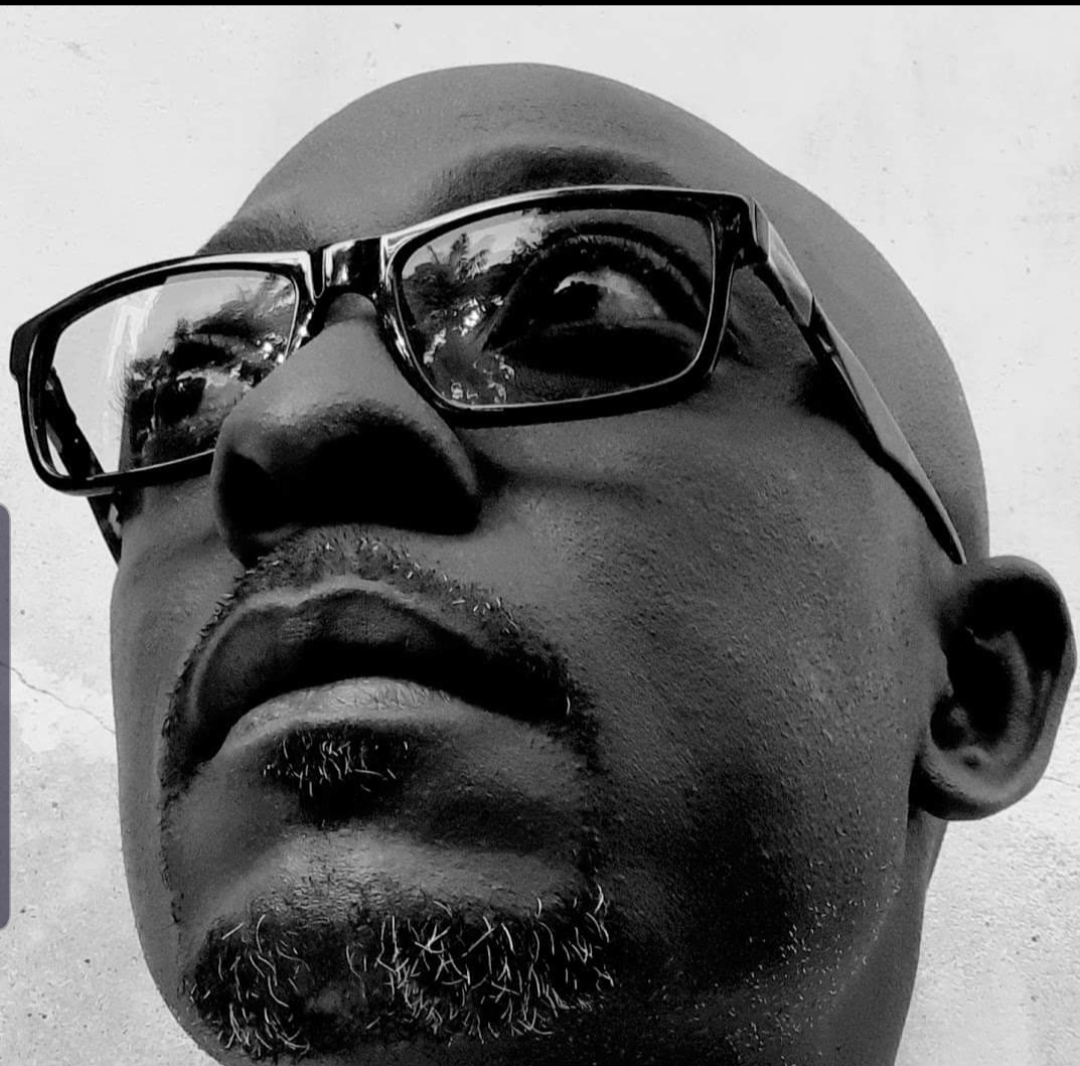By Muhammad S Balogun
In the past week, programming on many of the television channels―especially BBC, Sky News and CNN―has been dominated by images and sounds from the funeral of the late queen and the accession of the new king. The tributes, the documentaries, the interviews, and the live reporting have caused me to reflect on many things. Apart from the documentaries which I managed to watch in little snatches, I noticed that I’ve lost my fascination for the pomp and pageantry that attends the public performance of royal functions and ceremonies.
The whole thing now seems somehow ridiculous or, at best boring, in its anachronistic grandiosity.
But it wasn’t always like this.
My late friend Dr Ahmad Yakasai―God rest his gentle soul―once told me about a friend of his who never bothered to stand to watch the durbar procession of the Emir of Kano. He had no regard for the long-reigned and much-loved Ado Bayero. He was an anti-monarchist, LOL. One day, he found himself by the roadside in company with his pals when the Emir was passing by on horseback. Somehow, his vision clashed with the Emir’s gaze. In that fleeting moment of four-eyed connection with the emir, he impulsively clenched his fist and raised his arm in the gesture of jinjina. He involuntarily paid his respects to the son of Sarki Alhaji. His body, without his permission, had surrendered to Sarki Ado’s kwarjini.
Such is the enigma, the magic, the mystique of amor regis.
Common folks are ever in awe of kingly majesty and grandeur. People are wowed by the glamour and spectacle of state. They bow and prostrate to kings and queens as to deities. They even make gods out of kings like my Yoruba folks in the Oyo Empire did to Alaafin Sango. So has it been throughout history. This is sometimes commanded by the sheer force of personality or charisma. Just, generous, and wise monarchs have been happily venerated. Unjust but nonetheless powerful rulers have elicited awe and fear.
As kids, we used to stand in adoration during eid celebrations to catch a glimpse of the Emir during his Hawan Nasarawa. The extravagantly appareled riders astride gorgeously caparisoned horses. The panoply of embroidery motifs on flowing gowns. The colourfully liveried palace guards and other courtiers with massive turbans. The cacophony of praise singers. The boom of tambari and the blast of kakaki. The atmosphere of revelry that―along with fine dust―enveloped the endless procession of horses and riders. All these climaxing with the glimpse of the bespectacled emir, shaded by a spinning fringed silken parasol, his royal mouth hidden by the mesh-like amawali.
By the way, the Kano Durbar is reputed to be the largest procession of men on horseback in the whole wide world. Many have been attracted from all over the world to come and watch. Go and verify. Watch Prof Abdalla Uba Adamu ’s 2009 excellent documentary here (https://www.youtube.com/watch?v=rrHC74JH81U) to get an idea. The narration is in Hausa but beautifully subtitled in English.
I have also heard about the glamour Ojude-Oba in Ijebu-Ode that happens on the third of Eid al-Kabir. I have never witnessed it, but Yusuf Olatunji made it possible for me to imagine the splendour that it is reputed to be:
Mo ri’nkan o
Ayinde o
Mo ri’nkan o
Mo ri’nkan ara n’Ijebu Ode
Lojo keta Odun Ileya
Won f’esin da-
Won f’esin da-
Won f’esin da’ra l’aafin Oba!
This festival has been going on in one form or another since the days of the earliest Muslim converts in Ijebu-Ode during the reign of Awujale Afidipotemole.
So, it’s not only Oyinbo that are capable of magnificence and spectacle.
But I digress.
When Princess Diana died, I watched the funeral on the telly at the British Council Library, Kano, where I used to spend a lot of my time those days. The sombre atmosphere infused the spectacle with gravity. The heaps of flowers of a myriad variety and colour. The outpouring of emotions seemed to seep out of the teevee and into the air. The memorably worded tributes. The moving performance of Candle in the Wind by Elton John. I shed a few hot tears. It was almost a kind of mass hysteria, made possible by modern broadcasting. They called her the “People’s Princess’ and no one argued. I was then still susceptible to that sort of royal show and pageantry.
In the summer of 2005, I was jobless and roaming around London ogling at the impressive old buildings, squares and parks―St Paul’s Cathedral, the Houses of Parliament, 10 Downing Street, Piccadilly Circus etc. At Buckingham Palace, I was lucky to see the queen return from somewhere. She was in a black limousine with just one outrider. There was no siren. It was majesty amplified by silence. I thought that was a queenly manifestation of the typical British penchant for rhetorical understatement. A manner of speech writ large and entwined with irony. In my country, every self-important person goes out blaring siren, in a lengthy motorcade, without the slightest attention to traffic rules. I was impressed.
The Queen’s platinum jubilee celebration passed almost unnoticed apart from the charming moment with the marmalade sandwich-loving bear, Paddington. My little boys love the Paddington stories. And, yes, I’ve been made to buy marmalade on this account.
Then the Queen died.


